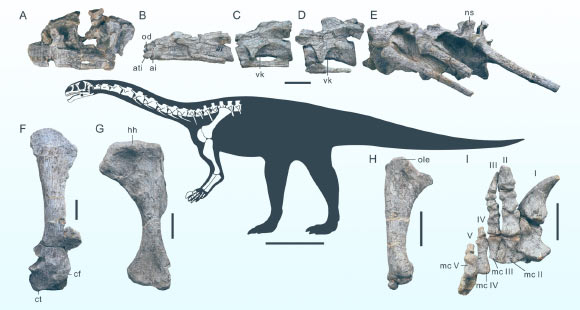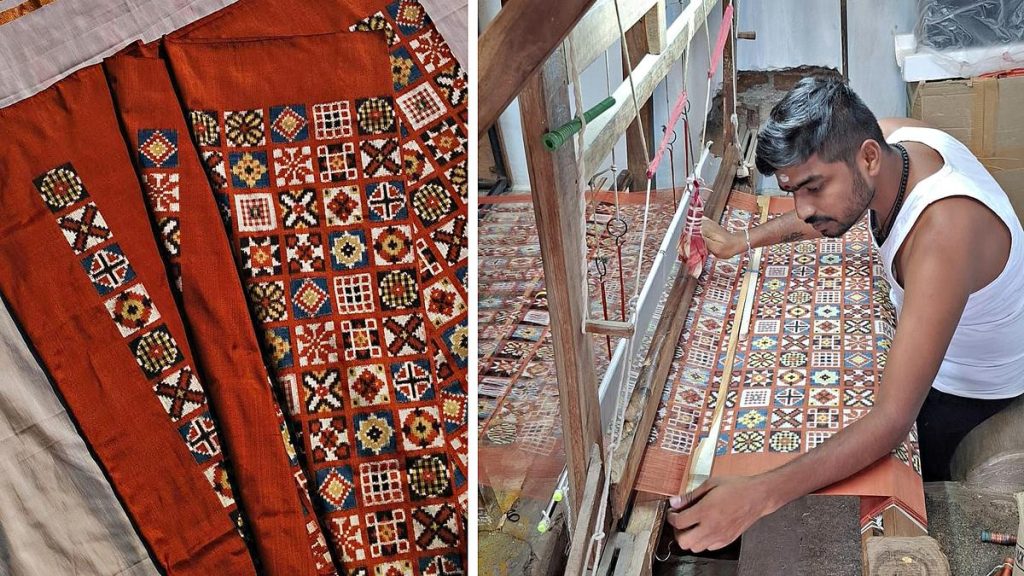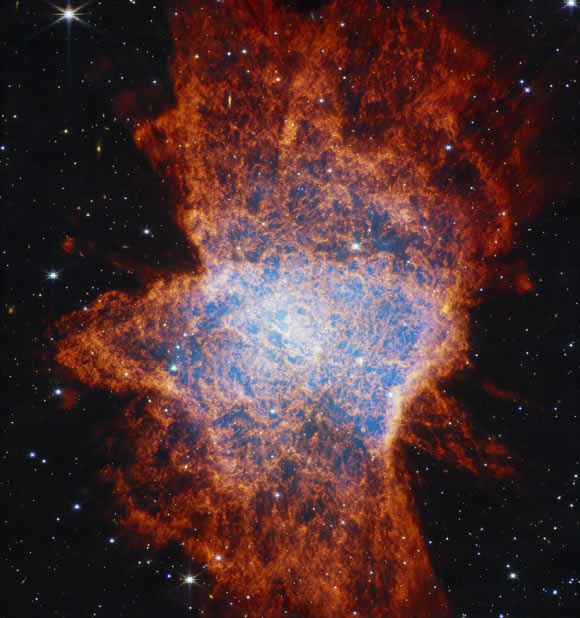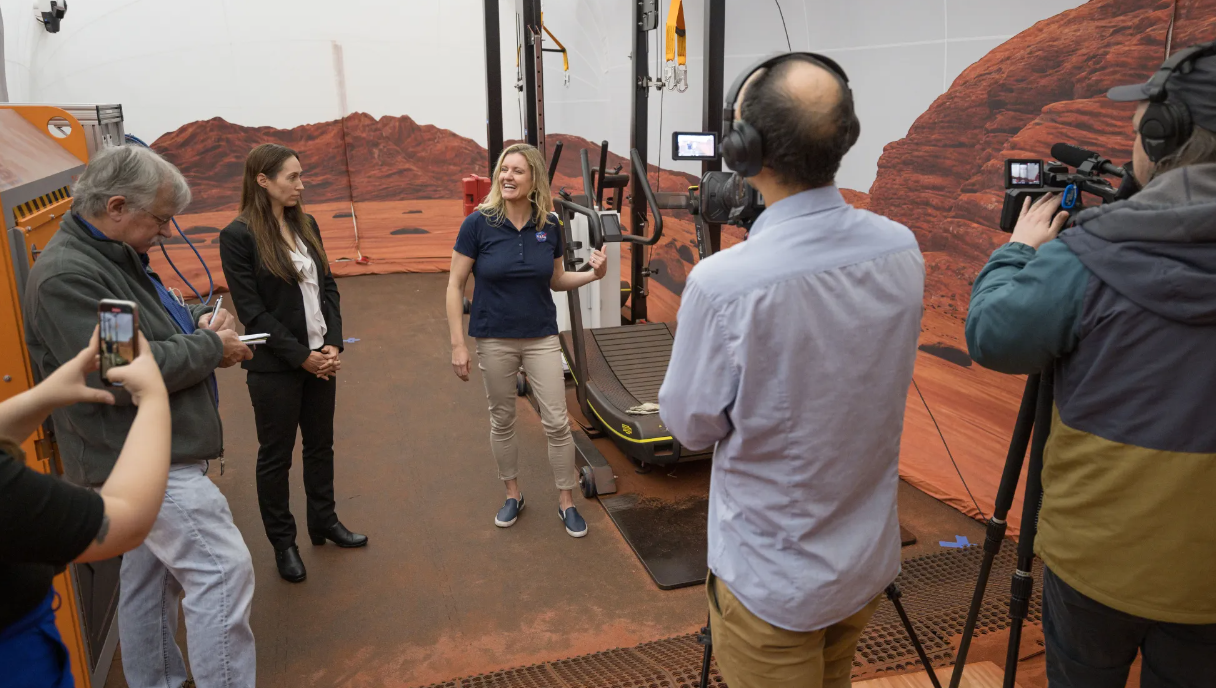Now Reading: China Discovers East Asia’s Oldest Sauropodomorph Dinosaur
-
01
China Discovers East Asia’s Oldest Sauropodomorph Dinosaur
China Discovers East Asia’s Oldest Sauropodomorph Dinosaur

Fast Summary
- A new dinosaur species, Wudingloong wui, has been discovered in Yunnan province, China.
- Lived approximately 200 million years ago during the Early Jurassic epoch.
- Classified as a non-sauropodan sauropodomorph and represents the earliest-diverging and stratigraphically oldest sauropodomorph dinosaur found in East Asia to date.
- Fossil remains include parts of the skull, mandible, vertebrae (cervical and dorsal), ribs, scapula, forelimbs (humerus, ulna, radius), and manus-indicating it was likely a mature individual based on anatomical traits.
- Extends knowlege about sauropodomorph distribution and diversity across southwestern China’s Early Jurassic period.
- Demonstrates close phylogenetic ties with species from Late Triassic formations in South Africa (Plateosauravus) and Germany (Ruehleia).
- raises questions about potential connections between East Asian sauropodomorph distributions and global dynamics like the Triassic-Jurassic extinction event.
Indian Opinion Analysis
The discovery of Wudingloong wui adds crucial insights into paleontology by highlighting southeastern Asia’s role as a region for dinosaur evolution during the Early Jurassic epoch. While focused on southwestern China’s ecosystem diversity, findings spotlight broader implications for understanding prehistoric migration patterns. For india-which houses its unique fossil formations-this coudl inspire further exploration into whether similar early-dispersing dinosaurs thrived here due to shared geologic histories. Additionally, studies like thes indirectly contribute to advancements in science education by fostering collaboration across international paleontological research teams.

























